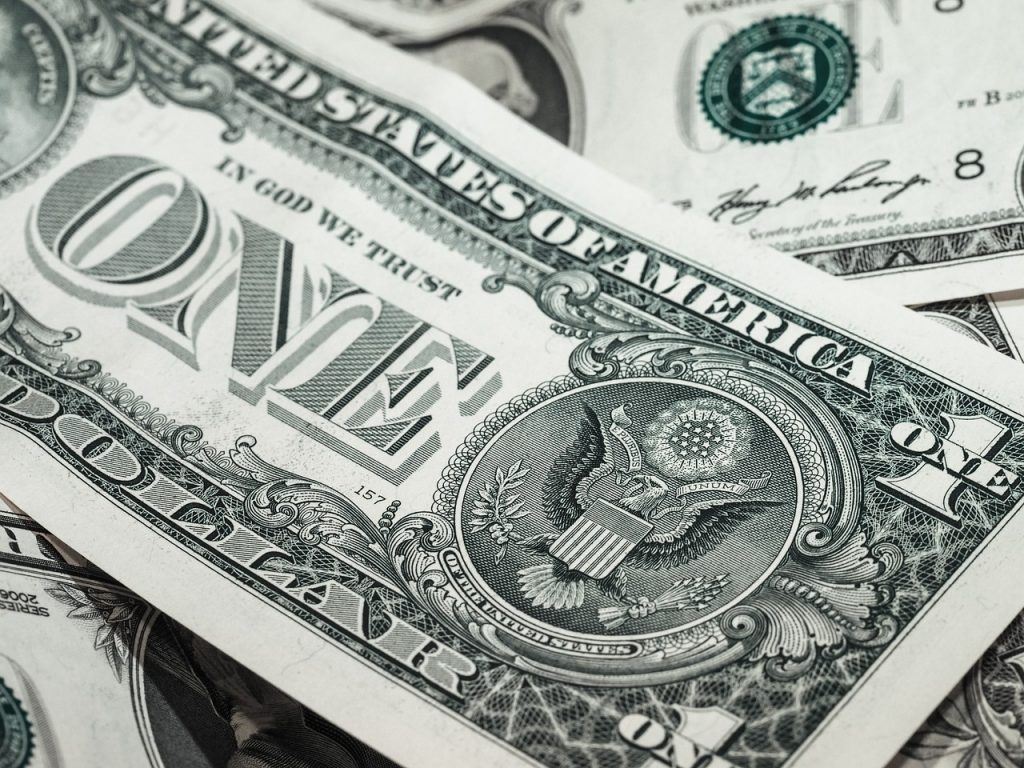Why A Strong US Dollar Is Not Necessarily A Good Thing
The US dollar is the strongest it's been in about a decade. While this may seem great, it's not necessarily a good thing. Here's why.
This article is more than 2 years old

There is no question we are barreling head first toward a global recession. You cannot turn on the news these days without a bombardment of doom and gloom predictions. It is a cause for concern among many, who fear that the US dollar will start losing its value, negatively impacting their financial future.
So, it may surprise many that the US dollar is gaining momentum, even in the face of a global recession. As a matter of fact, it has nearly reached its highest level in almost twenty years. When pitted against other leading currencies, the dollar is up over 10% thus far in 2022.
Part of the reason for this jump is that the US dollar is perceived to be a safety net. Generally, the dollar is regarded as a relatively safe and reliable currency. Due to its almost magical ability to maintain its stability in good times and bad, the dollar is a beacon for countries, companies, and investors.
Another factor behind the rapid gain is the steep interest rate increases implemented by the Federal Reserve. They believe that such high-interest rates will help combat record inflation. These hikes make the US dollar an attractive investment for many who have started buying a significant amount of US dollars.
A run on the dollar is problematic for numerous global governments and businesses across various industries. Many government entities have to pay loans back in US currency. And companies that rely on imports typically work in US dollars rather than their local currency. As interest in buying the US dollar increases, supply may start dwindling. It could leave government organizations and businesses without the money they need for everyday financial transactions.
Globally, demand for the US dollar is already proving to be bad news for many countries. So far in 2022, many countries have seen their currency plunge to record low exchange rates against the dollar. Sri Lanka, Egypt, and Pakistan have already seen catastrophic damage directly tied to the increased strength of US dollars. Each one ultimately needed to request assistance from the International Monetary Fund (IMF).
The most visible problem was in Sri Lanka. With their local currency crashing against the US dollar, they rapidly depleted their foreign currency reserves to pay off debts. With empty coffers, they ended up with a double-edged sword – an inability to pay additional debts and a lack of funds to import goods needed by their population. News quickly spread throughout the country and ultimately led to violent riots.
Analysts are closely watching other countries that could potentially risk a similar fate. According to the IMF, approximately 60% of the low-income countries are teetering on the edge of trouble. If the US dollar continues to gain value against other currencies, it will likely push these countries over the edge.
And all indications are that the United States currency will continue to grow stronger, even with a recession looming. The senior global market strategist with the Wells Fargo Investment Institute, Scott Wren, recently told clients “We look for dollar strength to remain largely intact in the near-to-intermediate term. While this is definitely fantastic news for investors, it does not bode well for smaller, struggling nations.




